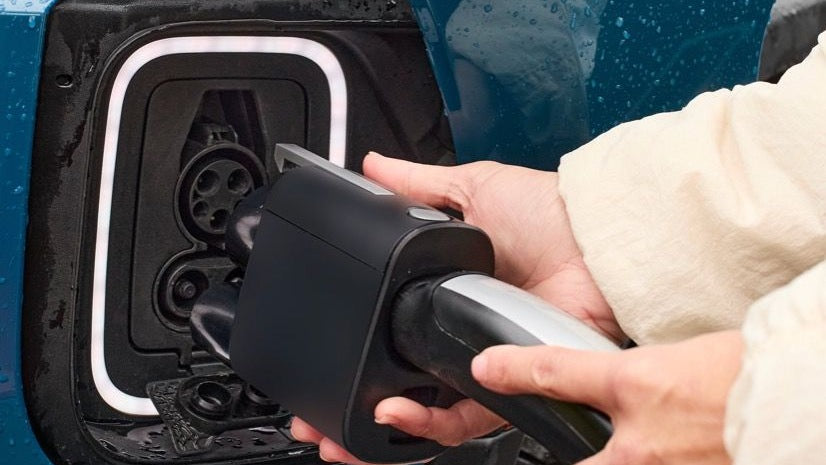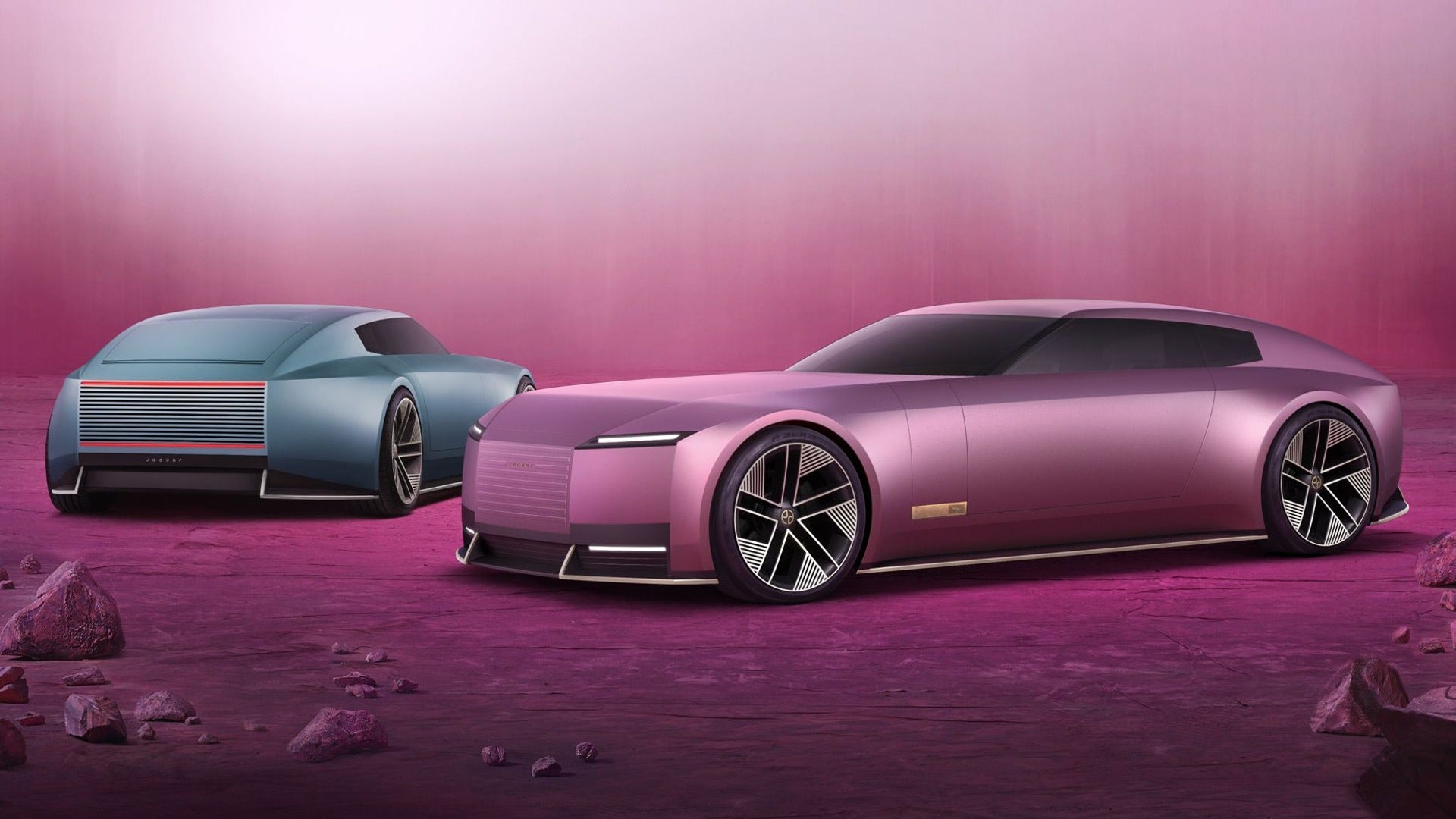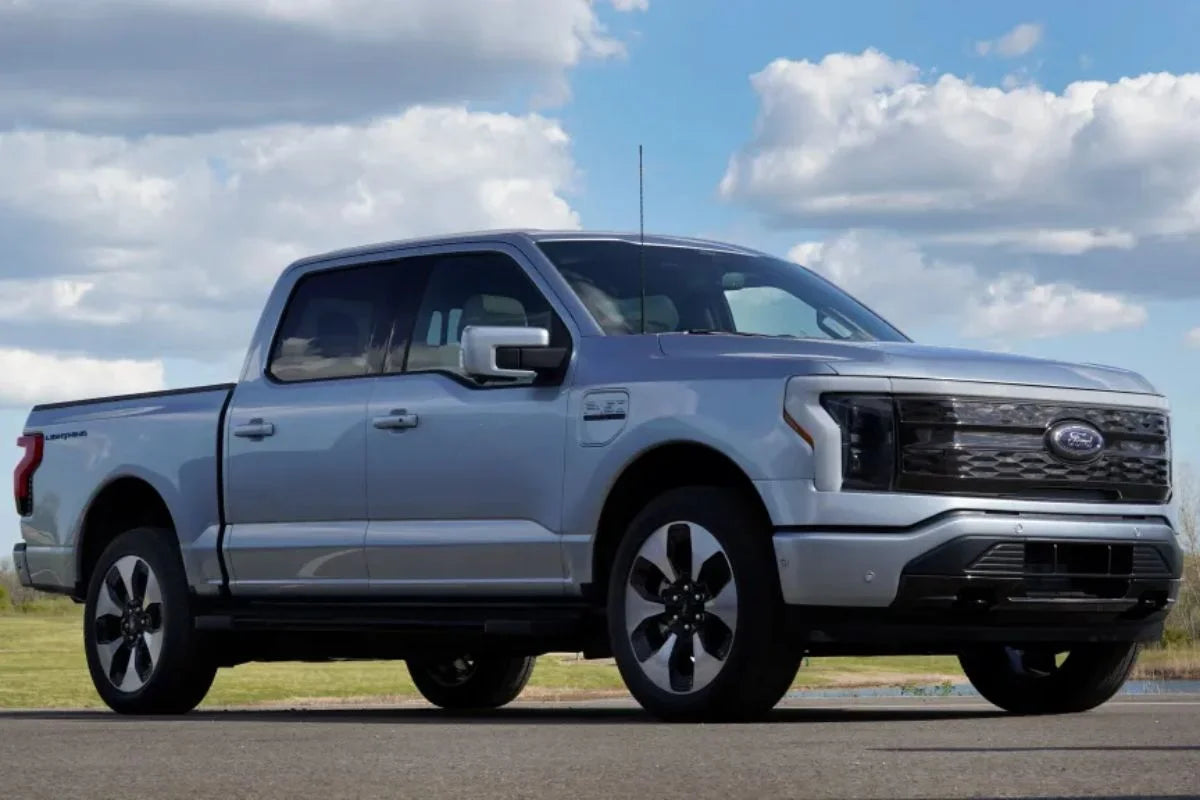Da immer mehr Besitzer von Elektrofahrzeugen versuchen, den North American Charging Standard (NACS) von Tesla mit Elektrofahrzeugen oder Ladenetzwerken anderer Hersteller zu verbinden, treten zunehmend Kompatibilitätsfragen und Probleme in der Praxis auf. Eines der frustrierendsten Probleme, mit denen Autofahrer konfrontiert werden, ist: „Warum funktioniert mein Tesla NACS-Adapter nicht?“ Um diese Frage zu beantworten, müssen wir die technischen und elektrischen Prinzipien des Ladens von Elektrofahrzeugen, die entscheidenden Unterschiede zwischen Wechsel- und Gleichstrom sowie die strukturellen Unterschiede der NACS-Anschlüsse verstehen.
1. AC- vs. DC-Laden: Grundlegende Unterschiede
Das Verständnis von Wechselstrom (AC) und Gleichstrom (DC) ist die Grundlage für die Diagnose von Adapterproblemen.
-
AC-Laden : Beim AC-Laden wird in der Regel weniger Strom verbraucht. Der Strom muss vom Bordladegerät des Fahrzeugs in Gleichstrom umgewandelt werden, um die Batterie aufzuladen. Diese Ladegeräte sind üblicherweise in Heimladegeräten der Stufe 1 (120 V) oder Stufe 2 (240 V) zu finden.
-
DC-Schnellladung (DCFC) : Hochleistungsladen, bei dem der Strom direkt als Gleichstrom geliefert wird und der interne Konverter des Fahrzeugs umgangen wird. Es wird an öffentlichen Stationen (wie Tesla Superchargern oder CCS-Netzwerken) zum schnellen Aufladen verwendet – oft 80 % in 30–40 Minuten.
Problemquelle : Viele Tesla NACS-Adapter sind nur für Wechselstrom ausgelegt und unterstützen kein Gleichstromladen. Der Versuch, einen solchen Adapter an einem Supercharger oder einer Gleichstromstation zu verwenden, schlägt konstruktionsbedingt fehl.

2. So funktioniert das Laden von Elektrofahrzeugen: Strom, Kommunikation und Sicherheit
Beim Laden eines Elektrofahrzeugs geht es nicht nur um die Übertragung von Strom – es sind auch Handshake-Protokolle zwischen Ladegerät und Fahrzeug erforderlich, um:
-
Überprüfen der Kompatibilität
-
Spannung und Stromstärke aushandeln
-
Für Sicherheit sorgen (Erdung, Kurzschlusserkennung)
-
Den Stromfluss sicher starten und stoppen
Bei Verwendung eines NACS-Adapters können diese Protokolle ausfallen, wenn:
-
Dem Adapter fehlt die DC-Signaldurchleitung
-
Das Fahrzeug ist nicht mit dem Tesla-Protokollstapel kompatibel
-
Die Ladestation unterstützt keine NACS-Kommunikationsstandards (insbesondere für CCS1-zu-NACS-Anwendungsfälle).
3. NACS-Anschluss: Interne Designunterschiede für AC vs. DC
Der nordamerikanische Ladestandard (NACS) verwendet für AC- und DC-Ladevorgänge die gleiche Steckerform . Die interne Verkabelung und die Signalwege unterscheiden sich jedoch:
| Besonderheit | AC NACS | DC NACS |
|---|---|---|
| Strombegrenzung | 48 A oder 80 A max. | Bis zu 500 A, 1000 V DC |
| Steuersignalisierung | Verwendet CP/PP-Linien | Fügt PLC-Signalisierung für DCFC hinzu |
| Erdung | Lokal und fahrzeugseitig | Verbessert für Sicherheit bei hohen Amperezahlen |
| Anwendungsfall | Level 1 & 2 (privat/öffentlich) | DC-Schnellladen der Stufe 3 |
Ein häufiger Fehler: Die Verwendung eines reinen AC-Adapters an einem DC-Ladegerät. Obwohl der Anschluss gleich aussieht, unterscheiden sich Verkabelung und Kommunikation erheblich.
4. Adapterkompatibilität: NACS zu CCS1 oder Tesla zu J1772
Abhängig von der Richtung, in die Sie sich anpassen:
-
Tesla zu J1772 (AC) : Funktioniert gut für die meisten Heimladegeräte der Stufe 2.
-
J1772/CCS1 zu Tesla NACS (AC) : Funktioniert auch mit den richtigen Adaptern.
-
CCS1 DC-Schnellladegerät zu Tesla NACS (DC) : Erfordert aktive Elektronik im Adapter und volle Unterstützung für die Kommunikationskonvertierung . Adapter wie der EVDANCE Pulse Fusion NACS DC zu CCS1 bieten dies, viele billige Optionen jedoch nicht.
Wenn Ihr Adapter diese Funktionen nicht besitzt, unterstützt er kein DC-Schnellladen – selbst wenn er in den Anschluss passt.
Empfohlene Lektüre: Volkswagen-Elektrofahrzeuge sollen bis 2025 an Teslas Supercharger-Netzwerk angeschlossen werden
5. Häufige Gründe für den Ausfall Ihres Tesla NACS-Adapters
a. Versuch, einen AC-Adapter an einem Supercharger (DC) zu verwenden
Die meisten Adapter von Drittanbietern (und sogar Teslas eigener J1772-Adapter) unterstützen keinen Gleichstrom. Überprüfen Sie die Kennzeichnung und Produktspezifikationen.
b. Ihr Fahrzeug ist nicht NACS-kompatibel
Viele Elektrofahrzeuge anderer Hersteller können die Handshake-Protokolle von Tesla ohne Software- oder Hardware-Bridge nicht interpretieren, selbst mit dem richtigen Stecker.
c. Dem Adapter fehlt die interne Protokollübersetzung
Besonders wichtig für DC-Adapter . Diese müssen eine Steuerelektronik enthalten, die zwischen CCS- und Tesla-Systemen übersetzt.
d. Ladegerät-Inkompatibilität
Einige öffentliche Ladegeräte der Stufe 2 (insbesondere ältere ChargePoint-Geräte) liefern möglicherweise inkonsistente Leistungspegel oder können mit bestimmten Adaptern keinen ordnungsgemäßen Handshake einleiten.
e. Firmware- oder Softwareprobleme
Die Firmware Ihres Elektrofahrzeugs muss möglicherweise aktualisiert werden, um mit neuen Protokollen zu funktionieren (insbesondere bei Modellen von Ford, Rivian und GM, die ab 2025 NACS-Unterstützung erhalten).
6. Diagnose-Checkliste
| Kontrollpunkt | Korrektur- oder Überprüfungsschritt |
|---|---|
| Verwenden Sie ein Gleichstromladegerät mit einem reinen Wechselstromadapter? | Überprüfen Sie die Spezifikationen. Verwenden Sie einen DC-Adapter wie EVDANCE Pulse Fusion |
| Ist Ihr Fahrzeug NACS-fähig oder benötigt es CCS1? | Überprüfen Sie die Kompatibilität der Autohersteller (z. B. unterstützen Ford 2025 und Rivian jetzt NACS). |
| Stammt die Ladestation aus dem Hause Tesla? | NACS-Adapter funktionieren möglicherweise nur an V3- Superchargern mit nachgerüstetem CCS |
| Verfügt der Adapter über aktive Elektronik? | Vermeiden Sie passive Adapter für den DC-Einsatz; sie werden ausfallen |
| Wurde der Adapter kürzlich aktualisiert? | Einige Premium-Adapter unterstützen OTA-Updates |
7. Auswahl des richtigen Adapters: Eine Empfehlung
Für alle, die zuverlässiges Gleichstromladen über NACS benötigen, ist der EVDANCE Pulse Fusion NACS-zu-CCS1-Gleichstromadapter eine leistungsstarke Lösung. Er unterstützt:
-
Bis zu 500 A / 1000 V DC
-
Tesla Supercharger-Kompatibilität
-
Integrierte Kommunikationsbrücke für CCS1-Fahrzeuge
-
Langlebige Steckverbinder in Automobilqualität
Dies gewährleistet ein sicheres und schnelles Laden von Elektrofahrzeugen, die auf NACS-Kompatibilität umgestellt werden.
Fazit: Kennen Sie Ihren Adapter, kennen Sie Ihre Leistung
Der Tesla NACS-Adapter ist nicht „kaputt“ – in den meisten Fällen wird er einfach falsch eingesetzt . Wenn Benutzer die Unterschiede zwischen AC- und DC-Laden, die technische Funktionsweise der EV-Protokolle und die interne Struktur von NACS verstehen, können sie sicher den richtigen Adapter für ihre Bedürfnisse auswählen und kostspielige Frustration vermeiden.








Aktie:
Die besten Elektrofahrzeuge zum Kauf im Juni 2025
Was ist ein Onboard-Ladegerät (OBC) in einem Elektrofahrzeug? So laden Sie Ihr Auto